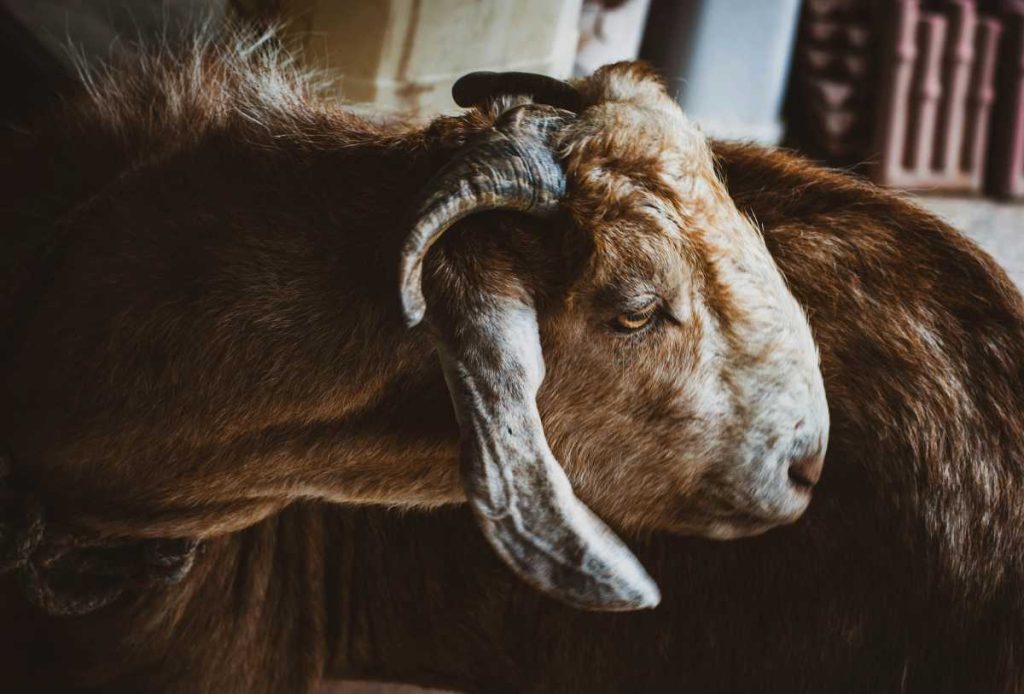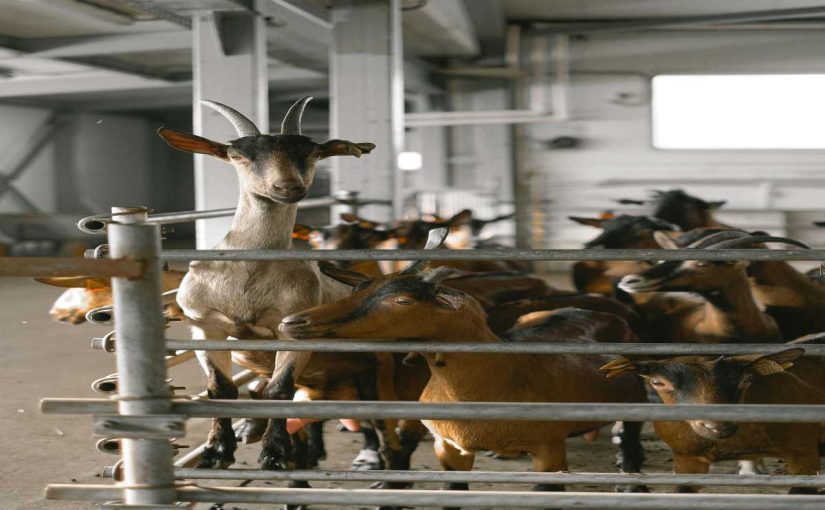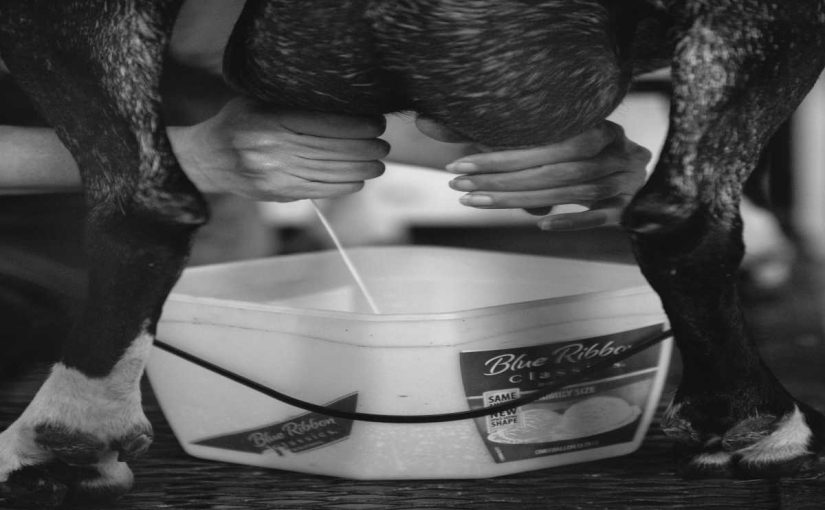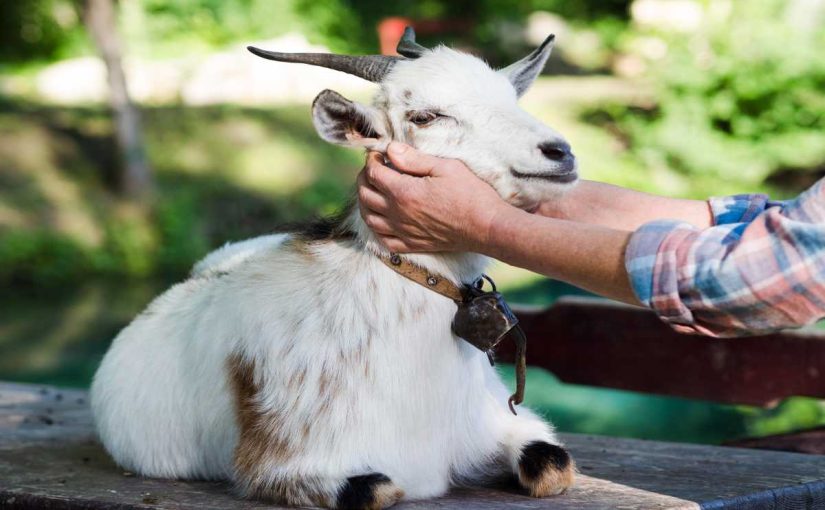Raising goats for meat is a rewarding and practical venture that provides a sustainable source of high-quality protein. Goats are hardy animals that adapt well to various climates and can be an excellent addition to your farm. This guide covers everything you need to know, from choosing the right breeds to best practices in housing, feeding, and meat processing. Here’s a comprehensive look at raising goats for meat, tailored for both new and seasoned farmers.
1. Choosing the Right Goat Breeds for Meat Production
Why This Matters
Not all goat breeds are ideal for meat production. Choosing breeds specifically suited for meat helps you get the best growth rate, meat quality, and overall efficiency.
Top Meat Goat Breeds
- Boer Goats: Known for rapid growth and high-quality meat, Boer goats are a top choice for meat production.
- Kiko Goats: Originating from New Zealand, Kikos are hardy and resistant to parasites, making them low-maintenance.
- Spanish Goats: These goats are resilient and adaptable, making them an excellent choice for rough terrains.
- Savanna Goats: These white-coated goats from South Africa are known for their durability and muscular build.
How to Select Your Goats
Look for healthy goats with strong, muscular builds, as these traits will contribute to better meat yield. Consider factors like climate adaptability, growth rate, and temperament based on your farm’s needs.
2. Setting Up Proper Housing and Shelter
Why This Matters
Goats need shelter to protect them from extreme weather and predators. Proper housing also makes management easier and reduces stress, which can impact growth and health.
Best Practices for Goat Housing
- Shelter Requirements: Goats need a sturdy shelter that is dry, well-ventilated, and draft-free. A simple three-sided shed can be effective, especially in moderate climates.
- Space Needs: Each goat should have at least 10-15 square feet of indoor space. Outdoor grazing areas should be large enough to avoid overcrowding.
- Fencing: Goats are agile and curious, so secure fencing is essential. Use high, sturdy fencing to prevent escapes and keep predators out.
- Bedding: Use straw or wood shavings as bedding, and replace it regularly to keep the shelter dry and clean.
3. Feeding and Nutrition for Optimal Meat Production
Why This Matters
Proper nutrition is crucial for healthy growth and quality meat. Meat goats need a balanced diet that includes forages, grains, and mineral supplements.
Feeding Basics
- Forage and Grazing: Goats are natural browsers and thrive on forage like grasses, shrubs, and weeds. Allow them to graze freely if possible.
- Grain Supplement: For optimal growth, especially for younger goats, consider supplementing their diet with grains like corn, oats, or barley. Be cautious with grain quantities to avoid digestive issues.
- Minerals and Supplements: Provide a mineral block specifically formulated for goats to ensure they receive essential nutrients like calcium and phosphorus.
- Water: Clean, fresh water should be available at all times, as hydration is critical for digestion and overall health.
4. Health Care and Disease Prevention
Why This Matters
Maintaining the health of your herd is key to producing quality meat and preventing losses. Routine healthcare and disease prevention measures will keep your goats strong and productive.
Essential Health Practices
- Vaccinations: Consult a vet for necessary vaccinations, such as CDT (for clostridial diseases) and tetanus.
- Parasite Control: Internal parasites are a common issue. Regular deworming and fecal testing can help you manage parasite loads.
- Hoof Care: Trim your goats’ hooves every 6-8 weeks to prevent hoof-related issues that can lead to mobility problems.
- Routine Check-Ups: Watch for any signs of illness, such as lethargy, loss of appetite, or abnormal behavior. Early intervention is crucial for health issues.
5. Breeding for a Sustainable Meat Goat Operation
Why This Matters
Breeding allows you to sustain and grow your herd. Selecting healthy, well-built breeding stock ensures consistent quality in meat production.
Breeding Basics
- Breeding Age: Female goats (does) should ideally be at least 1 year old before their first breeding, while males (bucks) can begin breeding around 6-8 months.
- Gestation Period: Goats have a gestation period of about 150 days. Plan breeding cycles so that kids are born during favorable seasons.
- Selection of Breeding Stock: Choose animals that have desirable traits for meat production, such as good muscling, fast growth rate, and resistance to disease.
Caring for Pregnant Does and New Kids
Provide extra nutrition to pregnant does, and prepare a clean, sheltered area for birthing. Kids should be monitored closely for proper feeding and health within the first few days.

6. Butchering and Meat Processing
Why This Matters
Knowing when and how to butcher is essential for producing high-quality meat. Proper butchering and processing techniques influence meat flavor, tenderness, and safety.
Butchering Tips
- Timing: Most meat goats are ready for butchering between 8-12 months, depending on the breed and desired size.
- Processing Methods: Consider working with a licensed butcher for humane and efficient processing. Alternatively, learn proper techniques if you plan to butcher on your own.
- Aging the Meat: Some farmers choose to age goat meat for a few days to improve tenderness and flavor.
- Storage: After processing, ensure the meat is stored properly, either by refrigeration for short-term use or freezing for longer storage.
7. Understanding Meat Quality and Cuts
Why This Matters
Goat meat is prized for its unique flavor and nutritional profile. Understanding the different cuts and their uses can help you get the most value from each animal.
Popular Cuts of Goat Meat
- Leg and Shoulder: These are larger, versatile cuts ideal for roasting or grilling.
- Ribs and Loin: These cuts are tender and flavorful, great for grilling or roasting.
- Ground Goat: Ground meat is a practical way to use trimmings and can be incorporated into various dishes.
Cooking and Preparing Goat Meat
Goat meat is lean, so it benefits from slow cooking methods like braising, stewing, or roasting at low temperatures. Marinating helps tenderize the meat and enhance flavor.
8. Marketing and Selling Goat Meat
Why This Matters
If you’re raising goats for commercial purposes, understanding your market helps you maximize profits and meet customer demands.
Marketing Strategies
- Identify Your Audience: Goat meat is popular in many cultural cuisines. Target ethnic markets, local butchers, or restaurants that specialize in multicultural dishes.
- Local and Online Sales: Consider selling at farmers’ markets, through local grocers, or online with farm-to-table delivery options.
- Promote Quality and Sustainability: Emphasize the health benefits of goat meat, including its lean protein and low cholesterol. Highlighting sustainable and ethical farming practices can also attract more customers.
9. Calculating Costs and Profits
Why This Matters
Knowing the costs involved in raising goats allows you to price your products effectively and ensure profitability.
Basic Cost Considerations
- Initial Investment: This includes costs for purchasing goats, housing, fencing, and initial feed.
- Ongoing Expenses: Factor in feed, healthcare, utilities, and marketing expenses.
- Processing Costs: Butchering and packaging can add to your expenses, especially if using a professional facility.
Setting a Price
Research local markets and consider production costs to set competitive yet profitable prices. Many farmers find profitability by focusing on high-quality, sustainable meat products.
Conclusion: The Rewards of Raising Meat Goats
Raising goats for meat is a practical and sustainable choice for many farmers. With the right breed selection, proper care, and efficient processing, goats can be an excellent source of high-quality meat. By understanding the nuances of goat husbandry, from health management to marketing, you’ll be well-prepared to start or improve your meat goat operation. Whether you’re raising goats for personal use or as a commercial endeavor, this guide gives you the tools to succeed and enjoy the rewards of sustainable farming.




